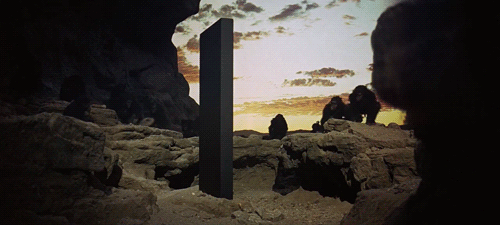DoctorWho wrote: ↑Sat Aug 26, 2023 8:19 am
Thanks. For a shotgun, an autoloader counts as a gas-operated -- yes?
Any experience with shotgun cams? Gave up skeet 15 years ago. At the time, I could never tell why I missed. But will a shotgun cam tell me?
"Deliberate practice"
Yup, that counts.
Skeet: I worked at a gun range in high school for a while and sometimes gave introductory skeet lessons at minimum wage + tips (and pulled and cleaned poop and blahblahblah). I am not good, PR 18/25. This was before shotgun cams were cheap, so I've never used one.
First thought: A shotgun cam will probably tell you where you're missing. It won't tell you why. What will tell you is an hour or two lesson with a local skeet pro. That said...
People miss because of 3 reason.
0. Not knowing where their shotgun actually shoots. This doesn't count as a top 3, but you need to know if you're putting the clay on top of the pin or covering it with the pin (when mounted correctly). Very via manual for gun and shooting at a paper target at 25 yards.
1. They mount the gun inconsistently or incorrectly. You need to be looking flat down the rib, if there is any upwards angle (which very often happens when people mount after saying pull or even when they have mounted correctly pre-pull, but quickly fuck it up upon moving). Hitting skeet with an improper mount is pure luck. Corrective action: Mount gun correctly, and stay correct while moving. Sometimes shooting a few rounds with a full choke can help confirm you've corrected this or not, b/c often a kinda crap mount will be covered by using an open choke on closeish-medium distance shots.
2. Stopping when they pull the trigger or "pulling through" via jerking the muzzle wildly as they shoot. Corrective action: Stop doing this. JK JK wear double hearing protection (foam + muffs) and shoot 1-2 boxes at a head high stake (or higher). Start with hips at correct angle to shoot target, load body via twisting. Shoot as you pass the stake. Your only concern is to pull trigger crisply and change nothing about your rotation/angle/speed.
3. Not knowing if you're a sustained lead shooter or a pull through shooter. Basically, some people shoot via establishing and maintaining a "sustained lead" on the clay (say 1 clays distance at a certain station) and shooting as soon as they get to it. Other people shoot more "instinctively" via pulling through and shooting as they do, varying the speed or delay on the shot by practice and instinct. When I was a in HS it was thought that sustained lead was the only pro way, but that for amateurs or hunters only shooting occasionally pulling through would get you better scores, faster (but top out). Pulling through can be very streaky/high variance. I do not think it matters that much unless you're going for competition scores. If you know what you want to do, pick one and do it. Too many people just sort of shout pull and shoot at the clay without having any conception of either or randomly switch back and forth/shoot some stations one way/some other way. This is bad mkay.
Finally, bonus point, for the love of god do not get into the habit of long shots. This is one reason pull through is helpful, you can't dick around b/c the entire thing is based on pulling through and shooting (whereas a person that shoots 3-5 rounds of skeet per year as a sustained lead shooter often waits till the clay is about to hit the ground). Get your lead and shoot, today.
So to bring it back to cam. I think it might help you figure some of this stuff out, but 1-2 hours of coaching will be infinitely better overall. Also, the world's most boring advice of "shooting 1-2 rounds every 2 weeks is better than 10 rounds twice a year". If you really want to practice go when the range is slow and ask to go shoot 2 rounds at 1 station. IMO stations 3 and 5 are the best for this. Fun shots, not too difficult and not too easy. 1/2 are more "there is just a dumb trick to this". 8 is also a trick.
